Forget furtive fumblings behind the bike sheds – the Earl of Fife entertained young ladies in style.
Local legend has it that a room hidden within the spectacular Bridge of Alvah on Duff House estate was in fact a secret “love lair” used by the married Earl.
You can see the appeal.
It’s tricky to find, there’s a strong sense of mystery and intrigue, it boasts dramatic views over the River Deveron, and there’s plenty of space to get up to all sorts…
Today, this room, which I’m pretty sure had been sealed up for decades, is accessible, although it’s not easy to spot unless you know how to find it.
I popped in for a peek last weekend upon hearing a friend had visited recently (I’d tried years ago but there was no way in.)
As I approached the bridge – around two miles from glorious Duff House and built in 1772 for the Earl – I noticed a little wooden gate on the left.
I went through it and onto a muddy path which snaked down through woodland towards the river.
Fun to imagine history
Ducking to avoid overhanging branches, I soon spotted the entrance to the ‘lair’.
There was nothing inside except a bit of graffiti and a strange sort of alcove, but it was fun to imagine the goings-on here all those centuries ago.
Did the Earl have a bed here? A comfy sofa? Maybe a pop-up bar?
A Gothic window overlooks the River Deveron as it forces its way through a dramatic rocky gorge, and I sat on a wide stone seat enjoying the views.
I’m well aware some folk might be reading this and thinking – what a load of nonsense! The Earl never had a secret chamber!
We may never know for sure, but I’m pretty keen on the story!
Room for bridge toll collector
The other theory goes that the room was used by the bridge toll collector – and that is probably true.
The walk to the bridge, through Wrack Woods, is full of fascinating features.
There’s an ice house, built into the side of a hill as a refrigerator for Duff House around 1790.
Today it doesn’t look like it would keep anything cold for very long, but when it was fully in use it was the best technology of the time.
It’s thought that ice was taken from the river – unthinkable these days with rising temperatures – and used in the house, where it would last up to two years.
Mysterious mausoleum
The mausoleum, about a mile from Duff House, is also worth a nosey.
Built in 1792 by the 2nd Earl of Fife, initially for his parents, it now houses 21 residents, including the first five Earls.
It’s normally locked, although it can be viewed during guided tours and on Doors Open Day in September.
It’s an impressive Gothic building, with stone latticed windows, a slate roof and an ornate iron gate, believed to have been made in Banff Foundry.
I peered through this and gazed upon various tombs and memorials in wonder.
The steps leading down to the crypt were apparently covered by three large stones in 1912 which is a shame.
‘Bruce’s tomb’?
Round the back of the mausoleum is a stone effigy of a knight.
The Earl, keen to add spin to his noble connections, claimed this was the final resting place of Robert the Bruce.
However, his claims were falsified in the 1990s when Aberdeenshire Council and Historic Scotland did some detective work and discovered ‘Bruce’s tomb’ in fact belonged to a 17th Century sheriff.
There’s a powerful aroma of garlic around the mausoleum and a profusion of flowers which I later discover to be few-flowered leek – also known as few-flowered garlic.
Hospital island
A path nearby leads down to a spot known as ‘Hospital Island’. It’s not an island as such these days as the channel of water has silted over.
However there’s a postcard from 1908 captioned ‘The Hospital on the Deveron’ that shows it as a ‘true’ island with a boat being rowed round it.
Fascinatingly, the island is said to have housed a leper hospital.
The link to few-flowered leek, or garlic? Well… garlic was used as a traditional natural remedy to ease the symptoms of leprosy, so perhaps that’s why so much was planted here.
Possible to complete a circuit
If it hadn’t been such a dreich day, I’d have completed a six-mile circuit around the estate but I decided to call it a day at the Bridge of Alvah and head back towards Duff House.
Had I done the circuit I’d have crossed the bridge, passed Montcoffer House and the remains of a medieval doocot, gone through woodlands and eventually emerged at Macduff Distillery.
I’d then have crossed seven-arched Banff Bridge and ended up back at Duff House car park.
History of Duff House
The history of Duff House, a splendid early Georgian mansion, is pretty special.
It was commissioned by William Duff, Lord Braco, and work began in 1735 under the watch of architect William Adam.
However, a series of legal disputes slowed progress to such an extent that Duff never got to occupy his dream house and it was left to his heirs to complete the work.
The family gave up ownership in 1906 and it’s since been used as a hotel, a sanatorium, and, during the Second World War it housed prisoners of war.
The building also served as headquarters for Allied regiments.
By the 1950s it had fallen into disrepair and was taken over by the state.
It reopened in 1995 as a country house gallery displaying collections from the National Galleries of Scotland.
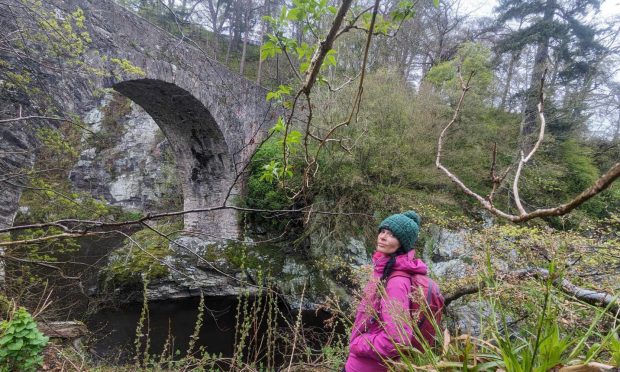
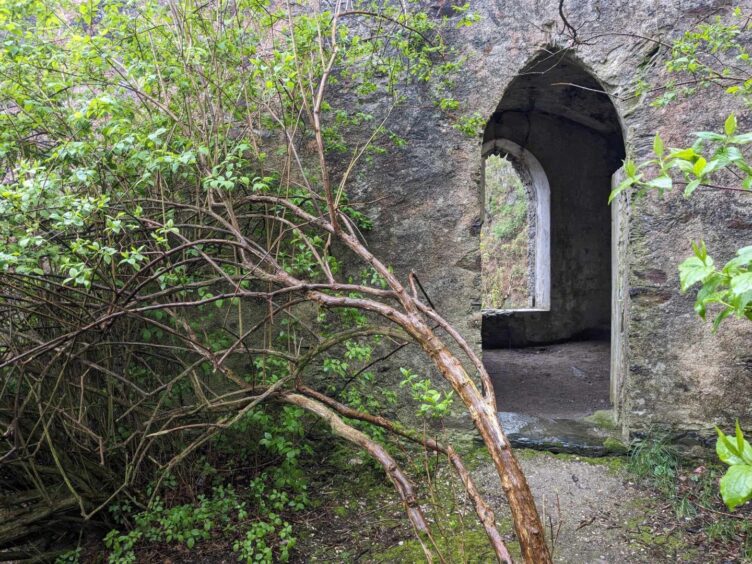
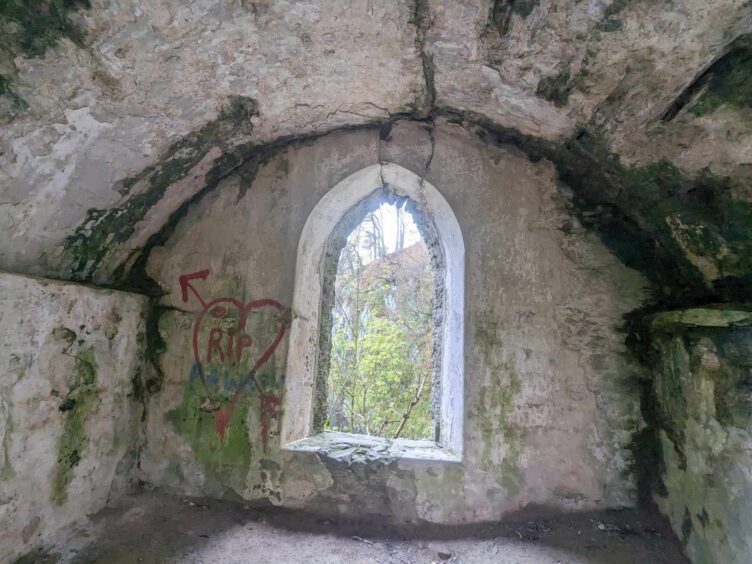
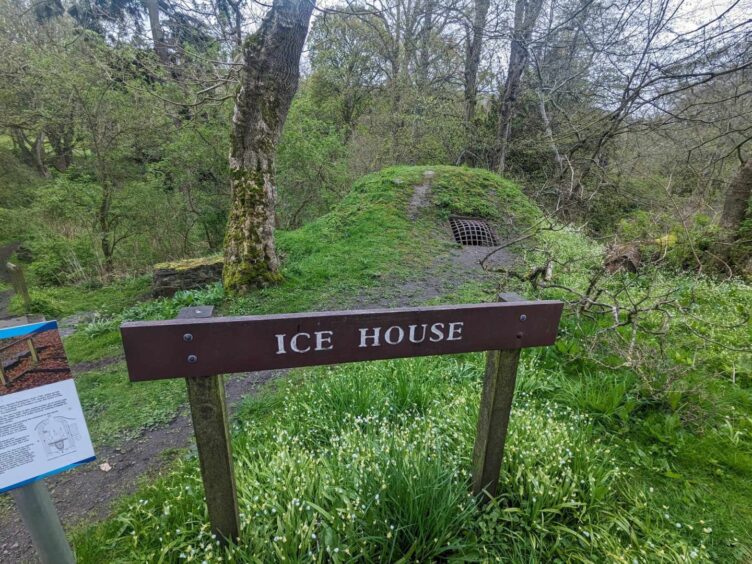
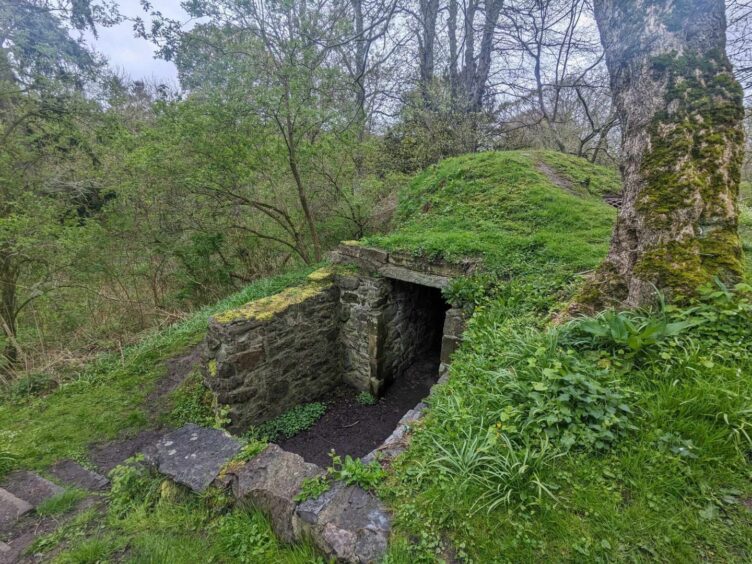
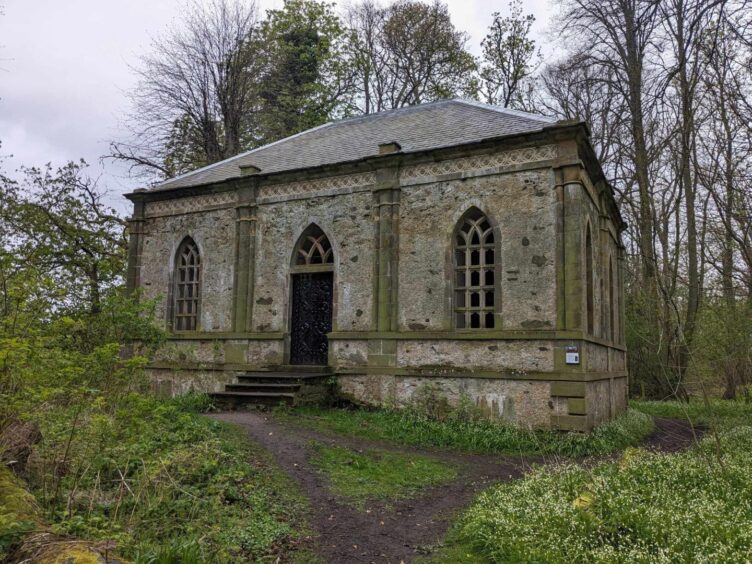
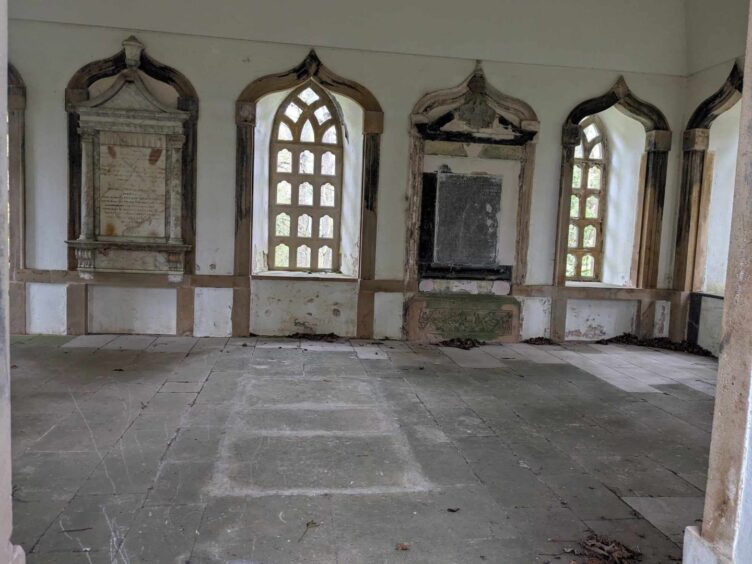
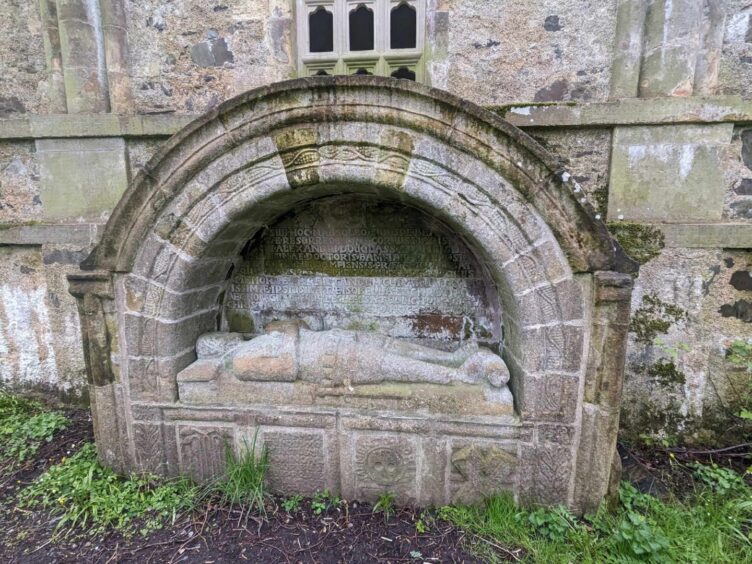
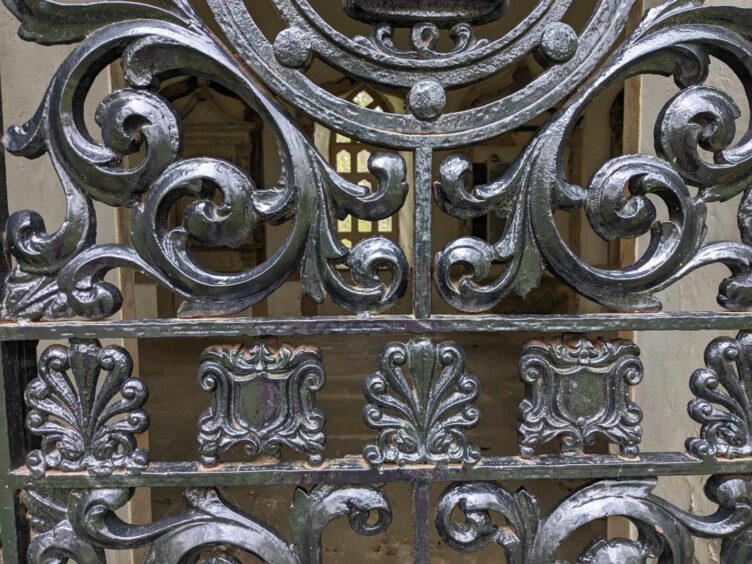
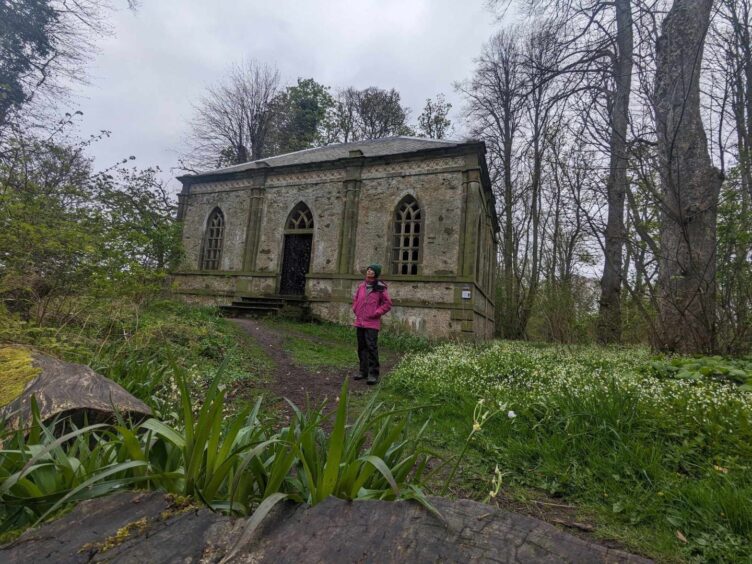
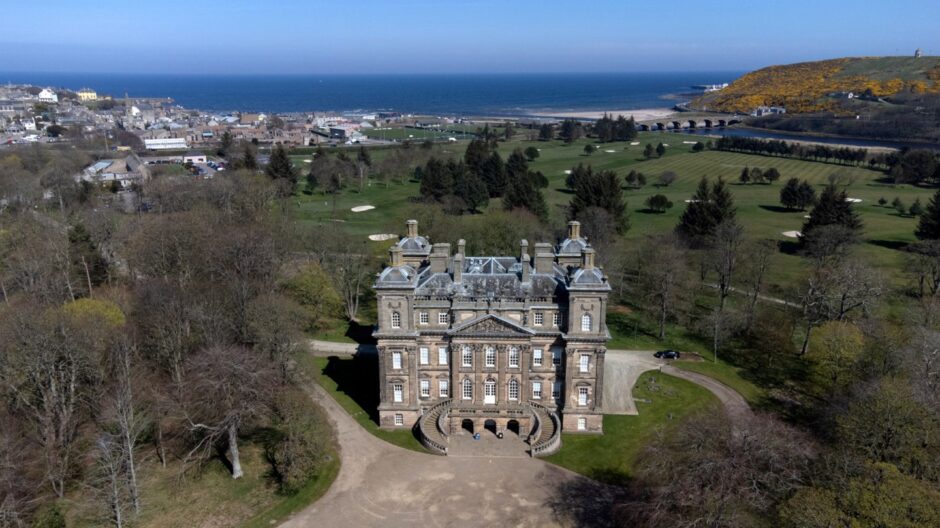
Conversation